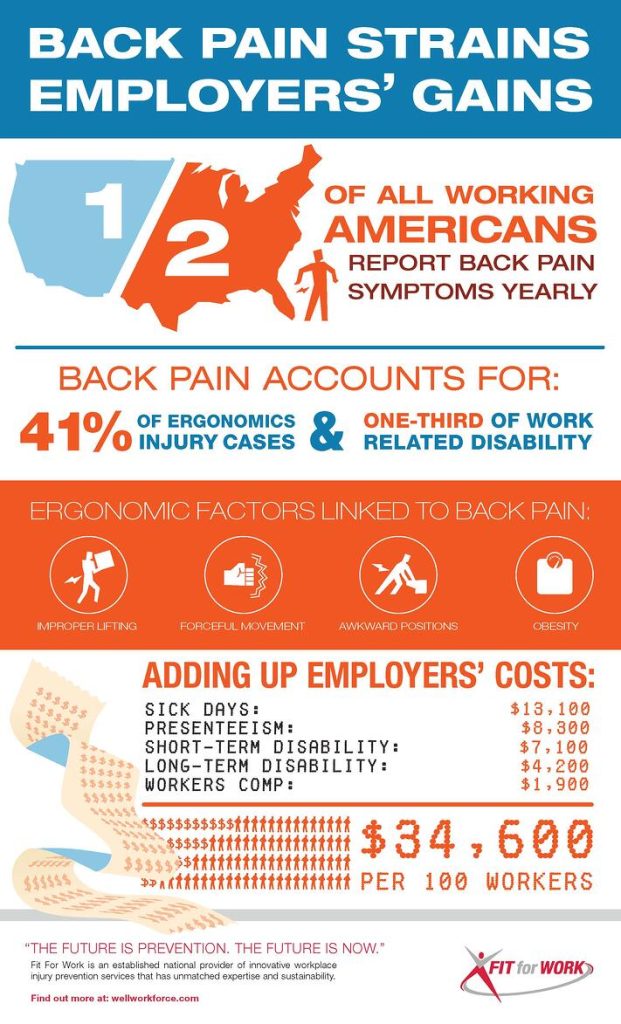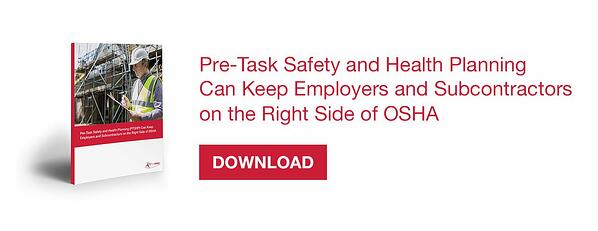Many ergonomic risk assessment tools employ a scoring approach to categorize jobs or job processes, such as “Green,” “Yellow,” or “Red” jobs. Green denotes little to no risk, yellow a moderate risk, and red identifies a high-risk job or process. So what are the advantages and disadvantages behind using color-coded risk assessments? Disadvantages of Color-C oded Ergonomic Risk Assessments The general advantage is the quick identification of the risk of ergonomic injury involved in a particular job or job process. However, the validity and reliability of color-coded categorizations are subject to scrutiny if each assessment has not been validated. The most difficult part of validating an ergonomics risk assessment tool involves two questions:
- Does the tool actually measure what it is intended to measure?
- How were the ranges and color-codes assigned or categorized?
Disadvantages of Color-Coded Ergonomic Risk Assessments
Some assessments automatically place a job into a yellow or red category if more than one ergo risk factor is involved. This does not account for the severity of each ergo risk factor. Two lower-risk ergonomic risk factors can actually be less of a risk than one ergonomic risk factor if that risk factor is severe enough.
Some may automatically place a job into a green category if there are no apparent ergo risk factors. This does not mean that ergo risk does not exist.
Some may place a job into a yellow category if there is one ergo risk factor. One ergo risk factor may actually place the job into a green category if it is relatively minor. In contrast, though, one ergo risk factor, if severe enough, can place the job into a red category.
Lastly, some assessments are based on total body scores, which could potentially neglect one part of the body at an elevated risk of injury.
Ergonomic risk assessment tools, even if valid, are subject to variations in quality based on user bias and error. It is recommended that a board-certified professional ergonomist (CPE) either conduct the assessments or oversee the assessments conducted. Jobs and job processes may have minor idiosyncrasies that many people may overlook, de-emphasize, or overemphasize.
Speak with us today to learn more about ergonomic risk assessments and how our ergonomic experts can meet your needs.






